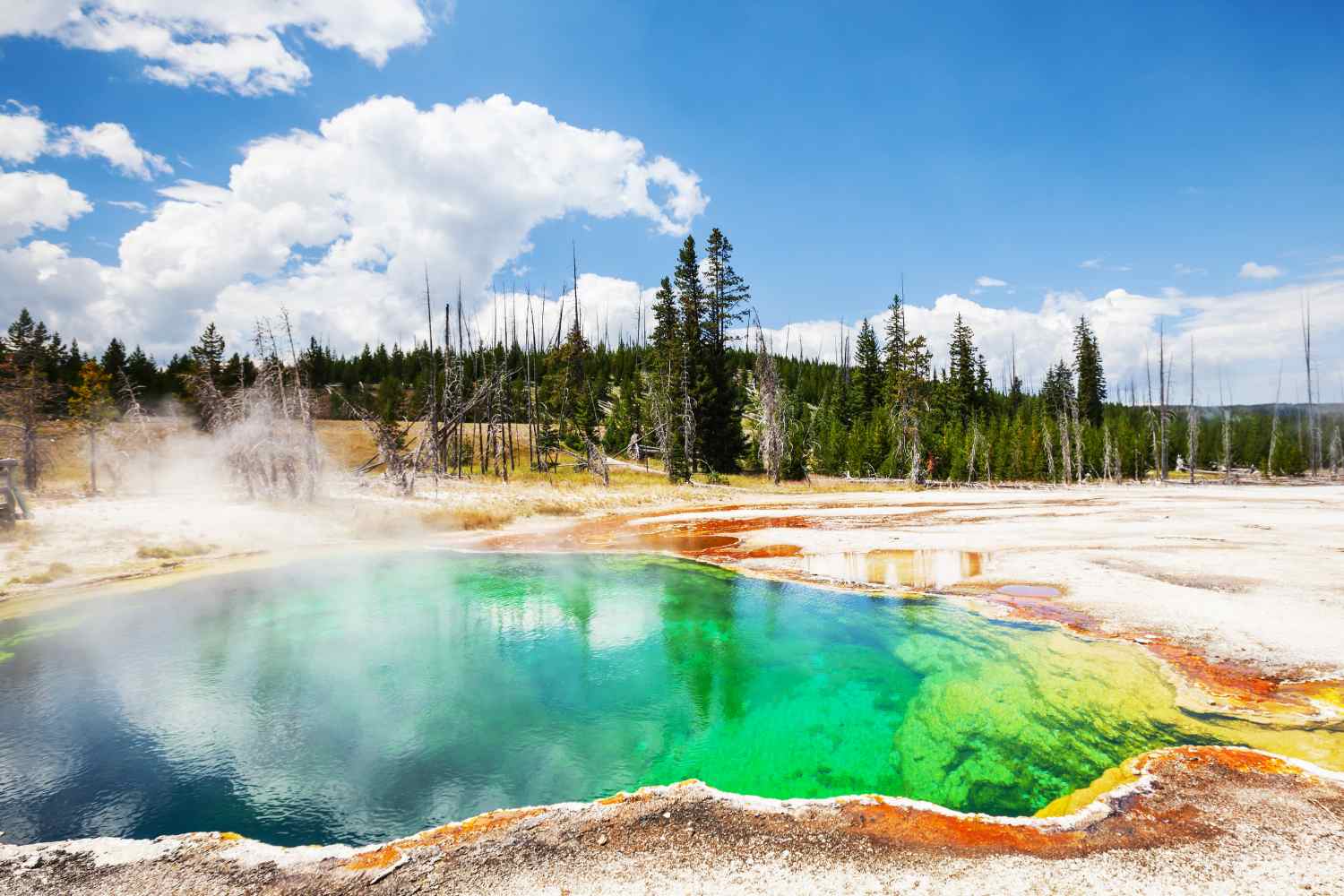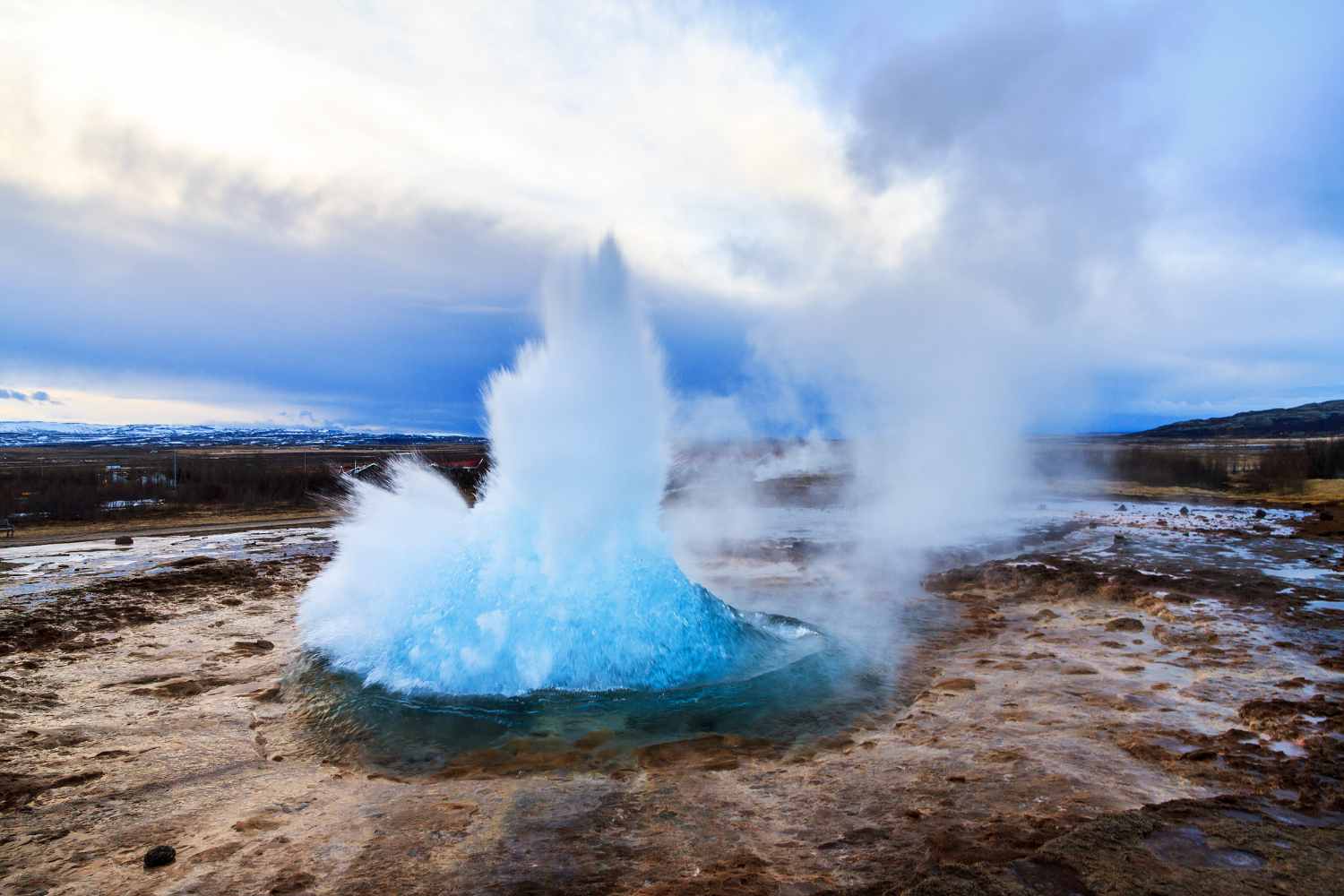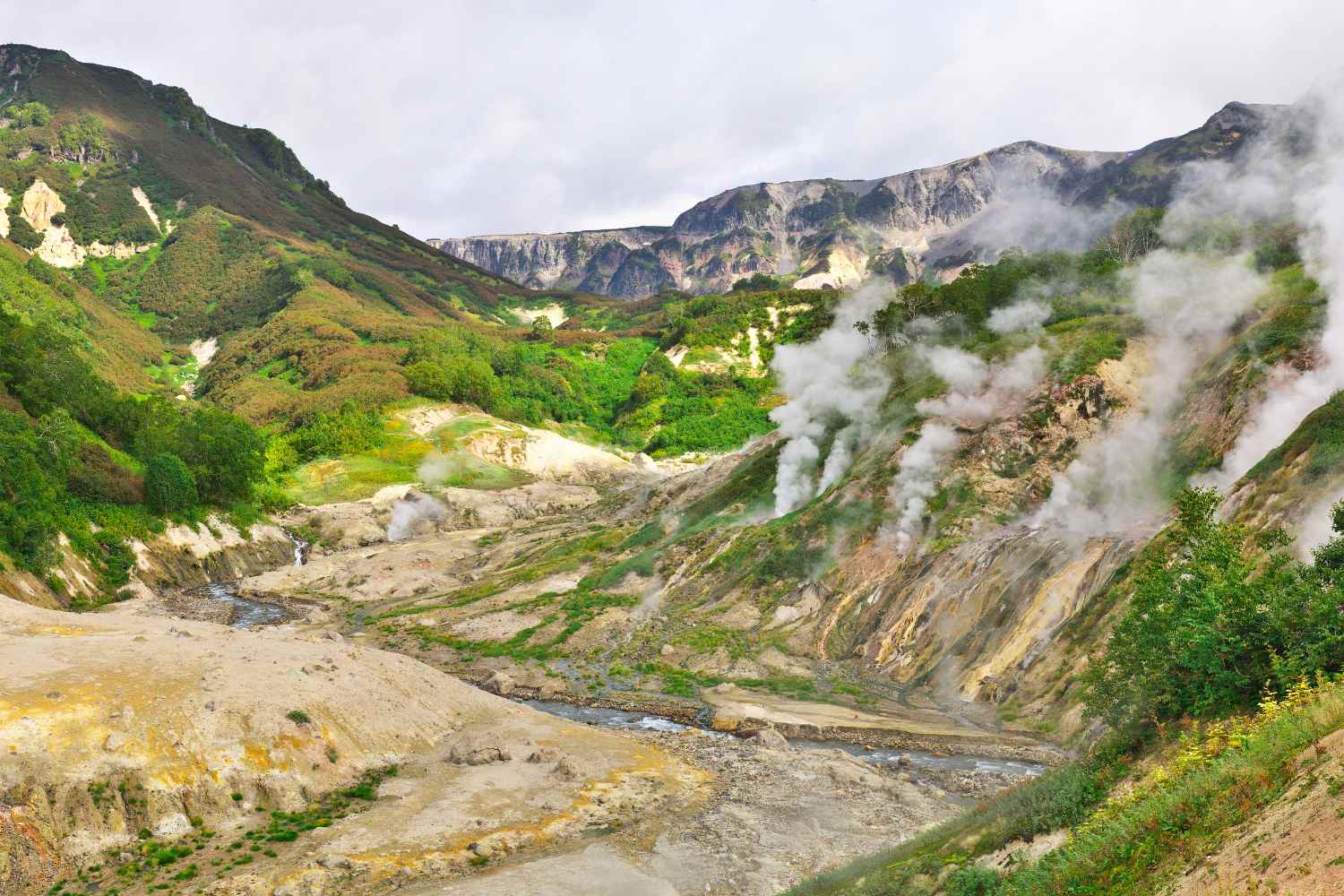Geysers are rare geothermal wonders that reveal Earth's raw energy. From Yellowstone to Kamchatka, here’s where and how to witness these breathtaking natural phenomena.

A primal spectacle of steam and stone
Boiling water surging skyward, thick steam twisting in the freezing air, and a deep rumble breaking the silence—geysers are among the most awe-inspiring natural displays on Earth. These rare geothermal marvels aren’t just a sight to behold; they’re vivid reminders of the immense energy pulsing beneath our feet.
Geysers only form under very specific geological conditions. You need underground heat—typically from volcanic activity—a network of fractures in the rock to circulate water, and a natural plumbing system that builds up pressure until it explodes through the surface. That’s why there are only a handful of places on the planet where this incredible phenomenon occurs.
Yellowstone: home to Earth’s fiercest geysers

The Yellowstone National Park in the United States is by far the most important geyser field on the planet, containing over half of the world’s known geysers. It’s a geothermal treasure trove where the Earth constantly reveals its fiery inner workings.
One of the most famous geysers here is Old Faithful, which lives up to its name by erupting every 90 minutes or so. Each blast launches a column of water up to 165 feet (50 meters) into the air. But it’s the Steamboat Geyser that holds the world record: its rare eruptions can reach up to 377 feet (115 meters). Unpredictable but unmatched in power, Steamboat is a reminder that nature doesn’t always work on a timetable.
The ecosystem around these geysers is just as extraordinary. Thanks to the hot springs, extremophiles—bacteria and algae that thrive in scorching temperatures—paint the thermal pools with surreal shades of cobalt blue, sulfuric yellow, and rusty red, transforming the area into a kind of alien dreamscape.
Iceland: land of fire, ice—and steam

Few places on Earth are as geothermally active as Iceland, where the very crust of the Earth seems to crack open and exhale. Located directly on the Mid-Atlantic Ridge, this island straddles two tectonic plates, feeding both volcanic and geothermal activity.
The Haukadalur Valley is home to Geysir, the geyser that gave its name to all others. Though Geysir itself now erupts rarely, its neighbor Strokkur puts on a show every 5 to 10 minutes, blasting water up to 50–65 feet (15–20 meters) high.
But Iceland’s geysers are more than just tourist attractions. Around 90% of Icelandic homes are heated using geothermal energy—a national model of sustainability that makes the most of the island’s natural energy. It’s one of those rare examples where nature and civilization move in sync.
El Tatio: high-altitude steam in the andes

At over 13,000 feet (4,000 meters) above sea level in Chile’s Atacama Desert, the El Tatio geyser field is the highest in the world. Extreme conditions—nighttime lows of 14°F (-10°C) and daytime highs around 68°F (20°C)—create a visual spectacle most dramatic at dawn, when the frigid air and rising sun highlight the geysers’ steaming plumes.
El Tatio hosts over 80 geysers, and while they don’t reach Yellowstone’s dizzying heights, the setting is nothing short of breathtaking. Imagine: the Andes stretching into the sky, steam columns rising like spirits, all bathed in the golden light of morning. It’s not the drama of force that stuns here, but the surreal harmony between Earth and sky.
Rotorua: New Zealand’s geothermal heart

In Rotorua, located on New Zealand’s North Island, geothermal energy is more than a curiosity—it’s part of life. The area bubbles with mud pools, hot springs, and, most notably, the Pōhutu Geyser in Whakarewarewa. It’s the largest geyser in the Southern Hemisphere, reaching heights of 98 feet (30 meters) and erupting as many as 20 times a day.
The Māori people, New Zealand’s indigenous population, have a deep spiritual connection to these geothermal features. For them, these are not just geological oddities, but sacred places—“where the Earth speaks,” as some say. The geothermal energy here powers not just homes, but also cultural identity and tradition.
Kamchatka: Russia’s hidden valley of steam

Tucked away in Russia’s remote Kamchatka Peninsula, the Valley of Geysers is one of the world’s most spectacular—and least known—geothermal fields. This secluded valley, stretching over 3.7 miles (6 kilometers), hosts about 90 geysers and a network of thermal springs.
Getting there isn’t easy. Access is usually by helicopter, and the area remains largely untouched by human activity. Thanks to this isolation, the valley has preserved a rich, self-contained ecosystem, where Siberian brown bears wander near bubbling springs, and rare plant species thrive in the warmth even during subzero winters.
Fragile beauty, powerful responsibility
Geysers are incredibly delicate systems. A slight shift underground—whether from seismic activity, overuse of groundwater, or poorly managed tourism—can silence them forever. Yes, forever.
Visiting geysers is not just about marveling at nature’s power; it’s about understanding our responsibility to protect it. Stay on marked paths, follow guides’ instructions, and respect the rules. The steam might seem ephemeral, but the balance that creates it is ancient—and precarious.
In the end, geysers are Earth’s voice breaking through the crust, a vivid reminder that this planet is alive, dynamic, and far more powerful than we often realize.
